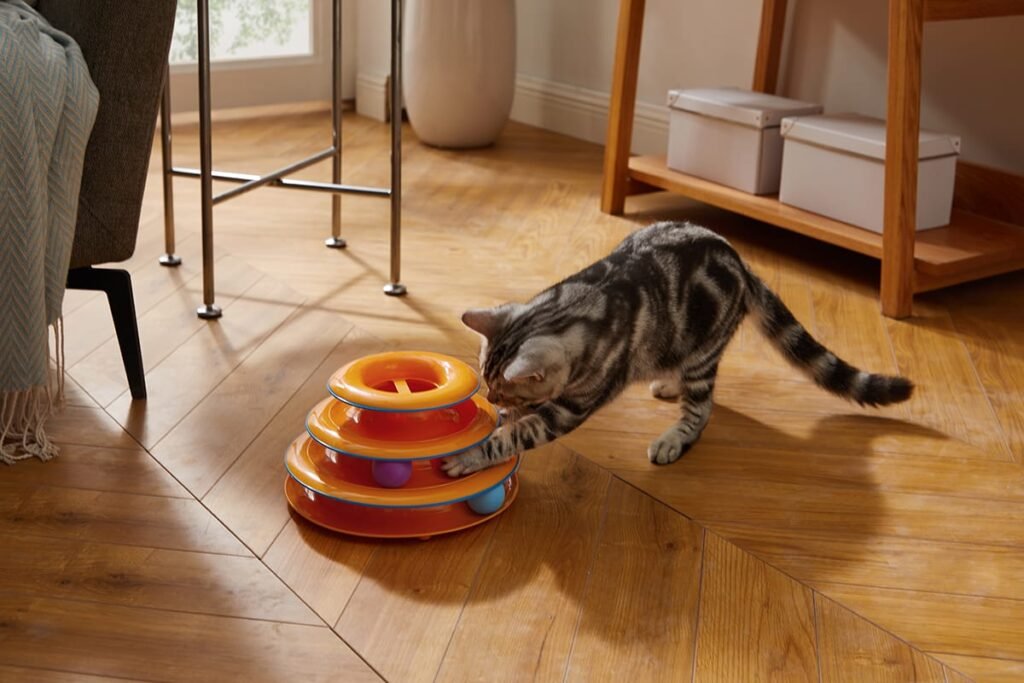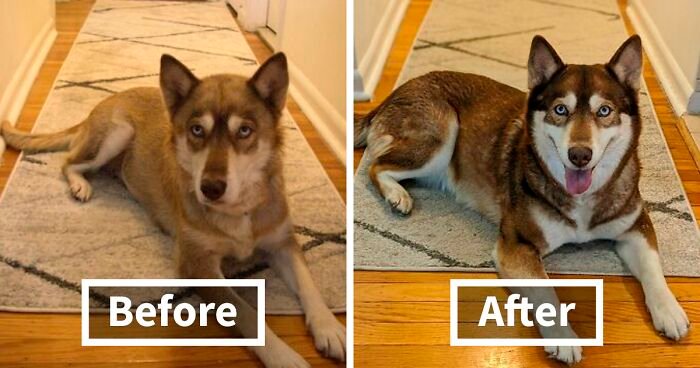Every pet—whether dog, cat, small mammal, or bird—can exhibit challenging behaviors at some point. But punishing with raised voices rarely solves the problem and may even worsen anxiety or aggression. This guide explores common behavior issues, dives into why they occur, and offers compassionate, science-based, non-verbal strategies you can use today.
Table of Contents
- 🧠 Why “Yelling” Doesn’t Work
- Identifying Root Causes
- Top Behavior Issues by Species
- Dogs: Barking, Leash-Pulling, Separation Anxiety
- Cats: Scratching, Litter Box Problems, Nighttime Activity
- Small Pets: Chewing, Cage Aggression
- Non-Verbal Training Techniques
- Positive Reinforcement
- Environmental Enrichment
- Redirecting Behavior
- Consistency, Timing, and Patience
- Safety & Managing Aggression
- When to Consult a Behaviorist or Vet
- DIY Action Plans and Log Sheets
- Real-Life Case Studies
- Conclusion & Empowerment
1. 🧠 Why “Yelling” Doesn’t Work (≈400 words)
- Stress response amplified: Yelling activates the pet’s “fight-or-flight” system—heightening stress, not correcting behavior.
- Worked historical data – studies show positive reinforcement creates longer-lasting results than aversive methods.
- Communication failure: If you yell after the behavior, your timing is off—pets don’t connect past actions with current tone.

2. Identifying Root Causes (≈500 words)
2.1 Environmental Triggers
Examples: Loud noises (construction), changes in routine, new additions (baby, pet).
2.2 Medical Conditions
Untreated pain, digestive issues, urinary tract infections may be behind behavior changes.
2.3 Breed and Personality Influences
Herding breeds need mental stimulation; high-energy cats need vertical territory; small pets are nocturnal.

3. Top Behavior Issues
🐶 Dog Problems
- Excessive Barking
- Causes: Alarm, boredom, separation distress
- Solutions: Structured exposure, reinforce quiet with treats, teach “quiet” command
- Leash Pulling
- Causes: Poor leash manners, excitement
- Solutions: Stop and wait, reward slack leash, use front-clip harness
- Jumping on People
- Cause: Seeking attention
- Fix: Ignore except calm greetings, teach alternative like “sit”
- Separation Anxiety
- Cause: Fear of being alone
- Fix: Gradual desensitization, enrichment toys, counterconditioning with departure cues

🐱 Cat Issues
- Scratching Furniture
- Cause: Territory, nail maintenance
- Fix: Provide durable scratch posts, attractants, trim nails
- Eliminating Outside Litter Box
- Cause: Dirty box, medical issue, stress
- Fix: Increase boxes, clean daily, med check
- Nighttime Hyperactivity
- Cause: Crepuscular instincts
- Fix: Late-night play, daytime naps, environmental enrichment

🐹 Small Mammal Challenges
- Chewing on Power Cords or Bedding
- Cause: Boredom or dental need
- Fix: Provide chew toys, safe zone rugs
- Cage Aggression When Handled
- Cause: Lack of bonding, fear
- Fix: Offer treats from cage, short daily handling sessions

4. Non-Verbal Training Techniques
4.1 Positive Reinforcement
- Timing is key—treat within 1‑2 seconds
- Use high-value treats
- Shape behavior in small steps
4.2 Environmental Enrichment
- Puzzle toys (snuffle mats for dogs, treat balls for cats)
- Rotating toys to fight boredom

4.3 Redirective Techniques
- Use a toy to divert attention
- Ignore unwanted behavior to extinguish it
5. Consistency, Timing & Patience
- Everyone must follow the same rules
- Daily mini-practice sessions (5 minutes each)
- Celebrate small wins
6. Safety & Managing Aggression
- Use calm, firm consistency—not force
- Safety gear: harnesses, muzzle if needed
- Know when to step away to de-escalate

7. When to Consult Professionals
- Persistent or worsening behaviors
- Signs of pain or distress
- Referral to certified trainer or veterinary behaviorist
8. DIY Action Plans & Logs
- Printable behavior logs for tracking improvements
- Step-by-step plans: define target behavior, replacement, reward, progress
9. Real-Life Case Studies
- Buddy, a leash-puller turned calm walking partner using front-clip harness and clicker training
- Lucy, a cat whose stress litter issues resolved by adding a second box and play routine

10. Conclusion & Empowerment
Non-aversive methods strengthen trust and create a calmer, happier pet. Challenges are opportunities for deeper bond-building. Share your wins with us at PetHouseTop1—let’s build a supportive, informed community.
